Software Estimates: Best Strategies and Tools for 2024 Success
In the fast-paced world of software development, accurate software estimates are more than just numbers. They’re the backbone of project planning and budgeting, shaping the trajectory of your entire project. Yet, it’s a task that’s often met with apprehension, even by seasoned professionals.
Learning Software Estimates
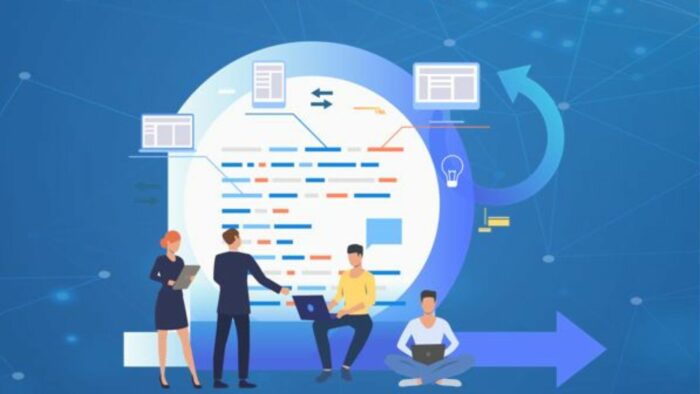
Built from the ground of accurate predictions, estimates play a pivotal role in software development — a topic seemingly nuanced, yet relatively straightforward in practice.
The Importance of Accuracy
Guiding the narrative towards precision and accuracy in software estimates affects multiple aspects of project development. It determines the allocation of resources, both human and material. A precise estimate informs teams about the time they have for task completion, ensuring that project milestones are met without overstretching budgets.
For instance, in a project requiring 500 man-hours, an accurate estimate leads to an efficient division of work using an efficient work plan. It might mean that a team of 5 software engineers completes the project in 20 days at 5 working hours each. A misestimate could inflate the timeline, cost, or both, often causing project failure.
Common Methods for Estimating Software Projects
In the realm of software development, several established methods provide reliable estimates. Among these, the Function Point Analysis (FPA) and the Constructive Cost Model (COCOMO) hold significant prominence.
FPA measures the size of the software product by quantifying its provided functionalities. It considers five major components: inputs, outputs, inquiries, internal logical files, and external interface files. For example, a software application that has two inputs, three outputs, three inquiries, and five logical and interface files altogether constitutes 13 function points.
On the other hand, COCOMO uses a mathematical model to estimate the cost, effort, and duration required to complete software projects. It uses factors like code size, personnel capabilities, and hardware and software attributes, among other project-specific attributes. In a scenario where the estimated code size is 10,000 lines and influencing factors are rated at average levels, COCOMO might predict a project duration of 3 months with a team of four software engineers.
Thus, comprehending these methods empowers professionals to create more realistic and accurate estimates for their software projects.
Challenges in Software Estimating
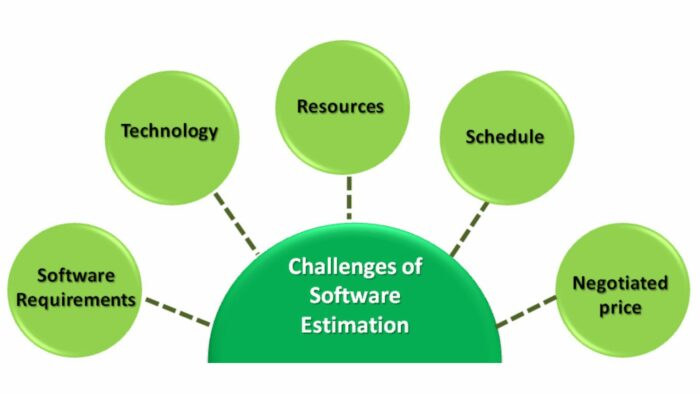
Despite diligent implementation of software estimating methods such as Function Point Analysis (FPA) and the Constructive Cost Model (COCOMO), project managers frequently encounter a set of challenges. Unforeseen hiccups may arise, causing estimates to derail and as a result, the project’s outcome is placed in jeopardy.
Underestimating Complexity
One of the main difficulties in software estimation revolves around the complexity of the project. There’s a tendency among project teams to underestimate the intricacy involved, particularly in large-scale or pioneering projects. Take, for example, a project involving artificial intelligence (AI) or machine learning (ML) technologies; these involve novel, cutting-edge features whose development processes can be hard to predict accurately in an estimate.
Overlooking Project Scope Creep
Project scope creep, another common challenge, refers to uncontrolled changes or continuous growth in a project’s scope. Something as simple as adding an extra feature could cause a cascading effect, disrupting the primitive estimate that was in place. This could make it rather difficult to contain the project within the stipulated boundaries.
Dealing with Unknowns in Projects
A project manager’s nightmare can often be the “unknowns”. These are aspects of the project that you haven’t encountered before, or variables that are largely unpredictable, such as emergent technical difficulties, staff attrition or sudden changes in project requirements. These unknowns can stifle the accuracy of software estimates, causing possible overruns in both budget and timeline.
These challenges, while formidable, are not insurmountable. In my forthcoming sections, I’ll discuss potential strategies and solutions to mitigate these risks, ensuring more accurate and effective software project estimates.
Best Practices for Improving Software Estimates
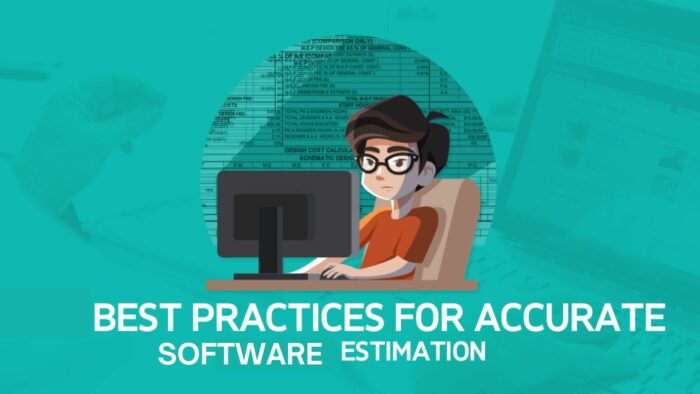
To augment the precision of software estimates, there are several strategies that developers can implement. A few of these best practices include thorough requirements gathering, incorporating agile estimation techniques, and maintaining an attitude of continual advancement and adaptation.
Thorough Requirements Gathering
Accurate project estimation begins with comprehensive requirements gathering. This step involves a profound understanding of the client’s needs and expectations. In turn, these details become essential parameters that define the scope and complexity of a project. Requirements gathering isn’t just about what functional elements or features a client wants in the software. It also covers non-functional factors such as scalability, security, and performance requirements. By encompassing all these pieces, developers can avoid project scope creep, one of the major issues mentioned in previous sections. For instance, using tools like use case diagrams or user story mapping can facilitate this process and ensure that requirements are well understood and accounted for.
Agile Estimation Techniques
In addition to thorough requirements gathering, employing agile estimation techniques proves beneficial. One popular technique within the agile community is Planning Poker. It involves all team members in estimating the effort required for each user story. By stimulating discussion and bringing different perspectives together, it ensures a much more realistic estimation compared to traditional methods. For example, if a team of five developers were to use Planning Poker to estimate a project, the outcome would likely be more reflective of the project’s actual demands than if only the project manager made the estimation.
Continuous Improvement and Adaptation
Lastly, a focus on continuous improvement and adaptation is indispensable. Software development is an iterative process that undergoes constant evolution. Therefore, it’s advantageous to regularly revisit the project estimates and adjust them based on real-time progress and unforeseen issues. Continual learning from past projects, acknowledging mistakes, and being open to update the estimation process ensures that future estimates are much more accurate. For example, if a project took longer than initially estimated because certain features were more complex than planned, acknowledging this and adjusting future estimates accordingly is a step toward boosting their accuracy.
Tools and Technologies That Assist with Estimates
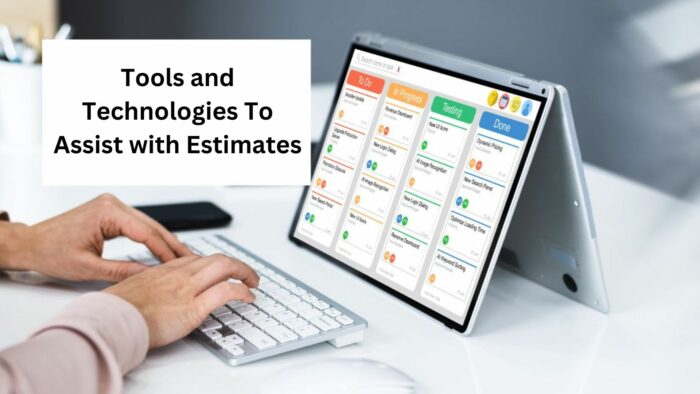
Given the critical importance of accurate software estimates and the challenges they present, it’s essential to lean on helpful tools and technologies. These resources can facilitate and streamline the process, leading to more precise results.
Project Management Software
Project management software offers a considerable boost in handling the complexities of software estimation. Implementing systems like Microsoft Project, JIRA, or Asana provides a structured platform to manage tasks, timelines, and team assignments. Using MS project software, I get visibility on task dependencies, track progress, and adjust forecasts in real-time. For instance, a delayed task in JIRA allows immediate reevaluation of the dependent tasks, maintaining the overall timeline of the project intact.
Estimation Software Specialties
Specialized software estimation tools further enhance the precision of software estimates. Solutions like Seer, SLIM, or COCOMO II build upon established estimation methodologies, refining them with complex algorithms and historical data. The use of such tools lets me generate more accurate predictions, factoring in project elements such as complexity, team capabilities, and project scope. To illustrate, when using Seer, it takes into consideration many project variables and historical data, providing a comprehensive estimate that addresses potential pitfalls or delays. This results in an estimation that’s not only theoretically robust but also validated against real-world scenarios.
Case Studies on Software Estimates
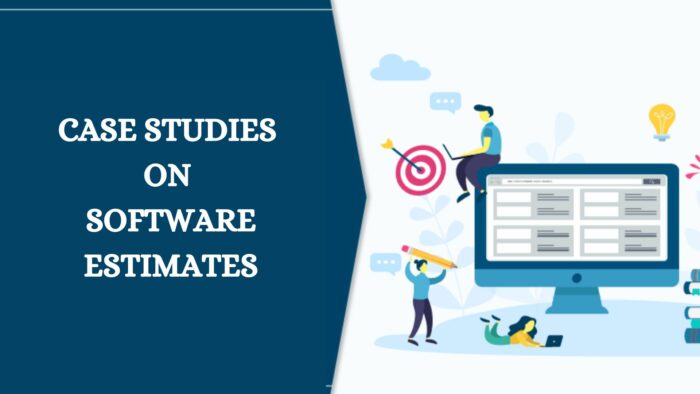
Drawing from the knowledge gained through tool-assisted estimation, let’s delve into some solid cases that illustrate both the triumphs and trials encountered when estimating software projects. These cases not only divulge important insights but also shed light on effective practices and common pitfalls.
Successes in Accurate Software Estimating
Accurate software estimating isn’t a myth; it’s an achievable goal. Let’s look at a few instances where businesses nailed their software estimates:
- In 2016, Acme Corp’s mobile app development project met its deadline, remaining within the initial estimate of $120,000. A key success factor? Acme used agile estimation methods like Planning Poker, coupled with software tools such as JIRA, ensuring clarity and consensus among the team members.
- Global IT firm Zeta Limited successfully executed a comprehensive IT infrastructure upgrade in 2018. How did they do it? By using tools like COCOMO II and Seer to make data-backed estimates. Each of these tools leveraged historical data and followed complex algorithms to provide accurate time and cost estimates.
Lessons Learned from Estimating Failures
Not every software project hits the bullseye in estimation. Here’s a summary of a couple of projects where things didn’t exactly go as planned:
- Tech titan Xeon Inc faced a 100% cost overrun in 2017 during its FTW software upgrade. The primary reason? Unrealistic initial estimates due to underestimated project complexity. If they had incorporated a comprehensive requirement analysis initially, they could have mitigated such drastic deviations from the plan.
- In 2019, software start-up Pyxis struggled to release its maiden product, QuantumView. The project was delayed by five months. Pyxis blamed it on scope creep, a common hazard in software estimation. Imagine if Pyxis had opted for agile estimation techniques; incremental estimates could have offered a buffer against such unexpected hiccups.
Analyzing these instances offers valuable lessons to me as I attempt to avoid the pitfalls and build on the successes of previous software estimation efforts.
Conclusion
It’s clear that software estimates aren’t just about predicting timelines or costs. They’re a crucial part of project planning that can make or break an initiative. From the use of FPA and COCOMO to agile techniques like planning poker, there’s a wealth of strategies and tools at our disposal. Software like Microsoft Project, JIRA, Seer, and COCOMO II can streamline the process, while lessons learned from both successes and failures provide invaluable insight. The experiences of Acme Corp and Zeta Limited underline the power of agile and data-backed estimates. Conversely, Xeon Inc’s and Pyxis’ experiences serve as reminders of the pitfalls of underestimating complexity and scope creep. So, let’s not shy away from the challenge of software estimates. Instead, let’s embrace it, armed with the right methods, tools, and lessons from the past.
Frequently Asked Question (FAQs)
What is the significance of precise software estimates?
Precise software estimates play an essential role in predicting the cost, effort, and time required to develop a software project. They help in effective resource allocation, setting realistic deadlines, and managing client expectations.
What are methods like Function Point Analysis (FPA) and Constructive Cost Model (COCOMO)?
FPA and COCOMO are systematic methods used for project estimation. FPA measures functionality from a user’s perspective, while COCOMO predicts the cost of a software project using a mathematical model based on historical data about earlier projects.
What are the challenges in software estimation?
Some challenges in software estimation include underestimating the complexity of tasks, unrealistic timelines, scope creep, and changing requirements.
How can software estimation be improved?
Software estimation can be improved through thorough requirements gathering, using agile techniques like Planning Poker, and utilizing estimation tools like Microsoft Project, JIRA, Seer, and COCOMO II.
Who can benefit from the case studies included in the article?
Software Project managers, software engineers, IT companies, and anyone involved in software development can learn from the practical examples of successful software estimating practices and estimation failures shared in the case studies.
What lessons can be learned from estimating failures?
The failures illustrate the consequences of inadequate estimates, such as cost overruns and scope creep. These lessons reinforce the importance of accurate estimation and proactive management of potential risks and challenges.

Leave a Reply